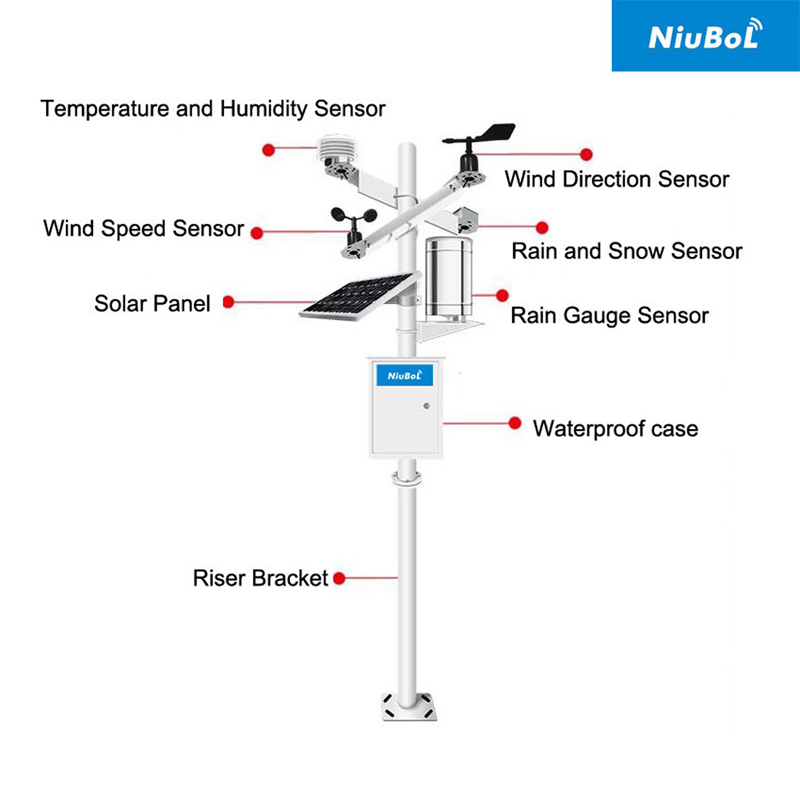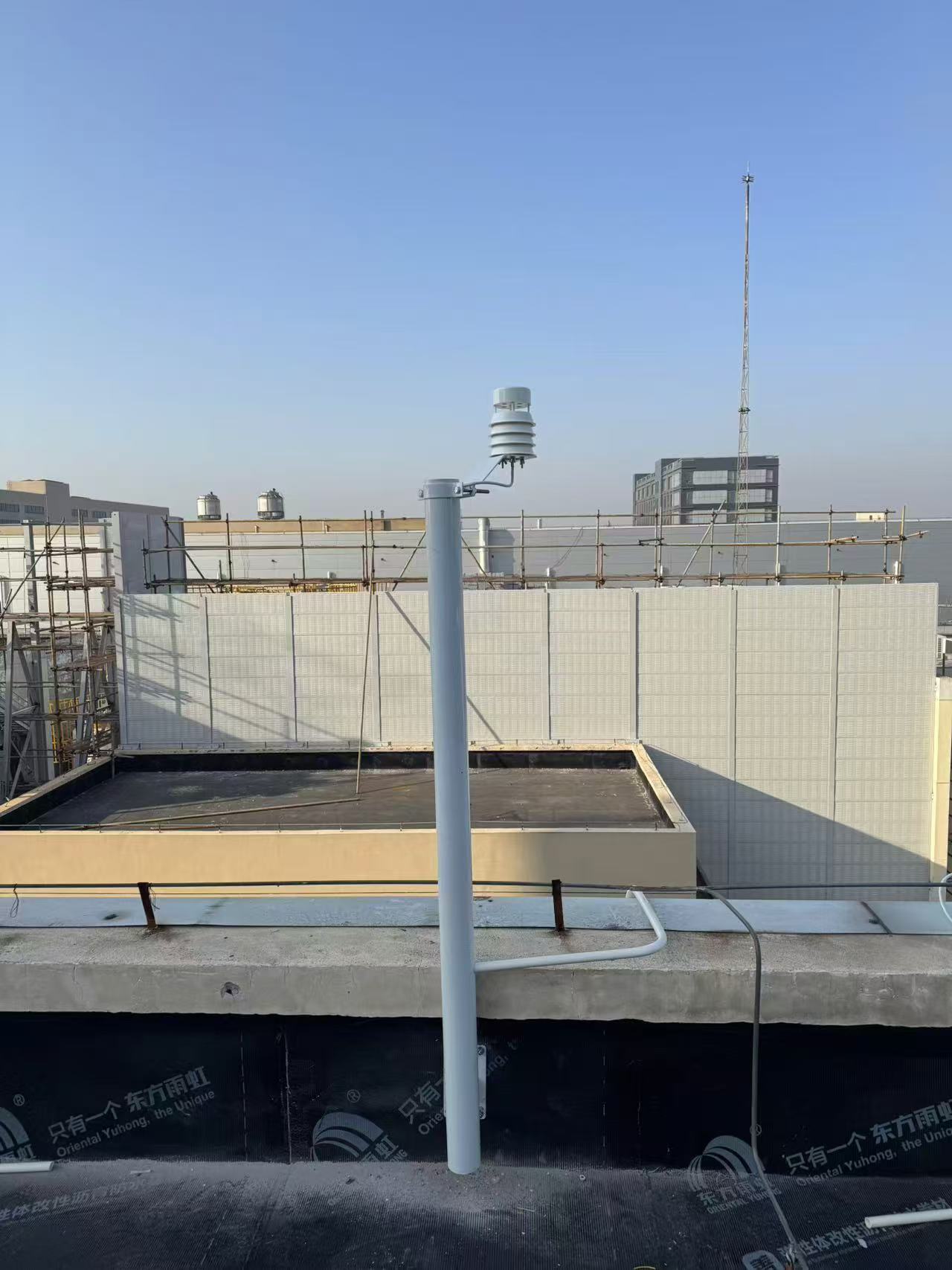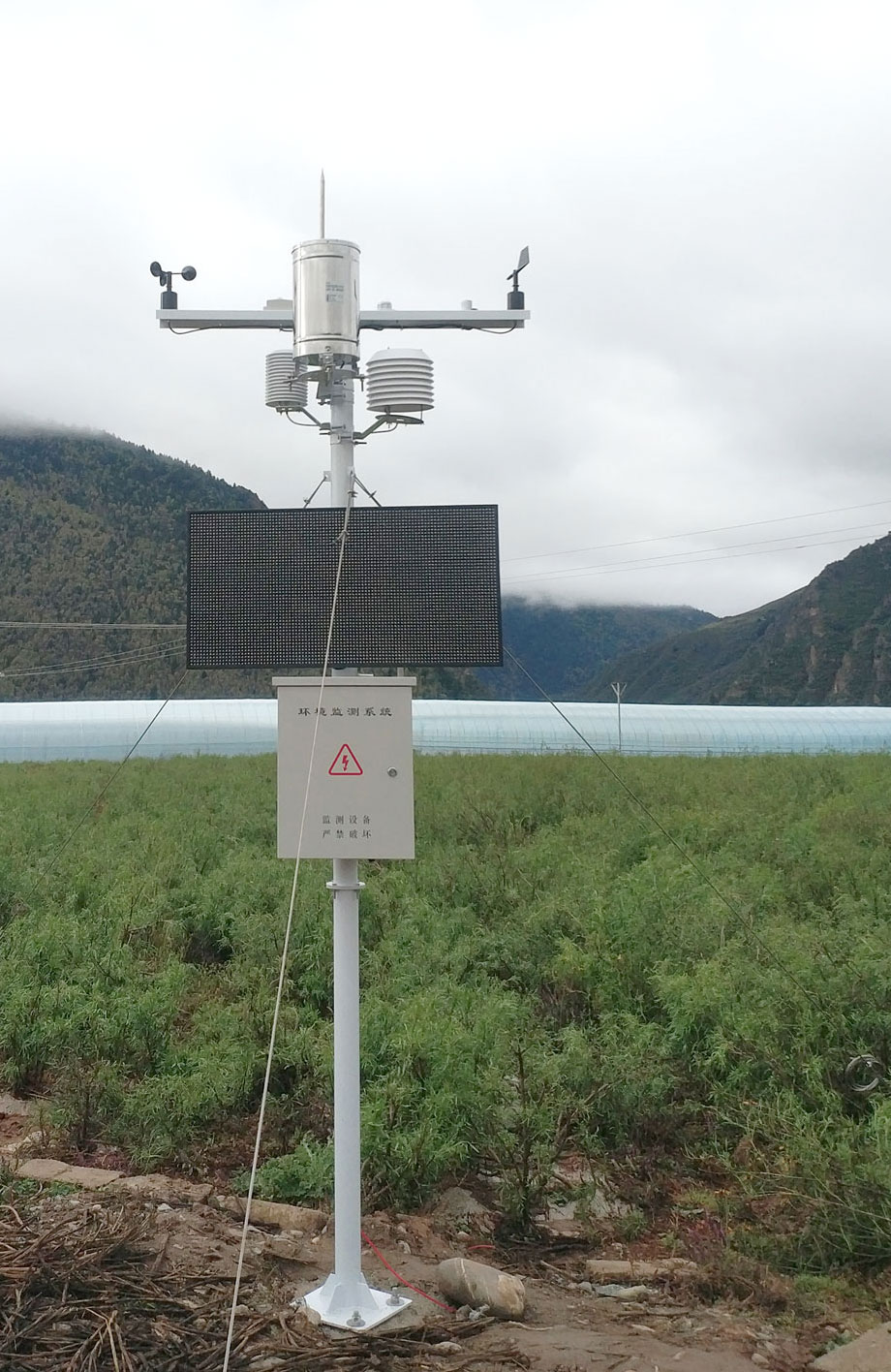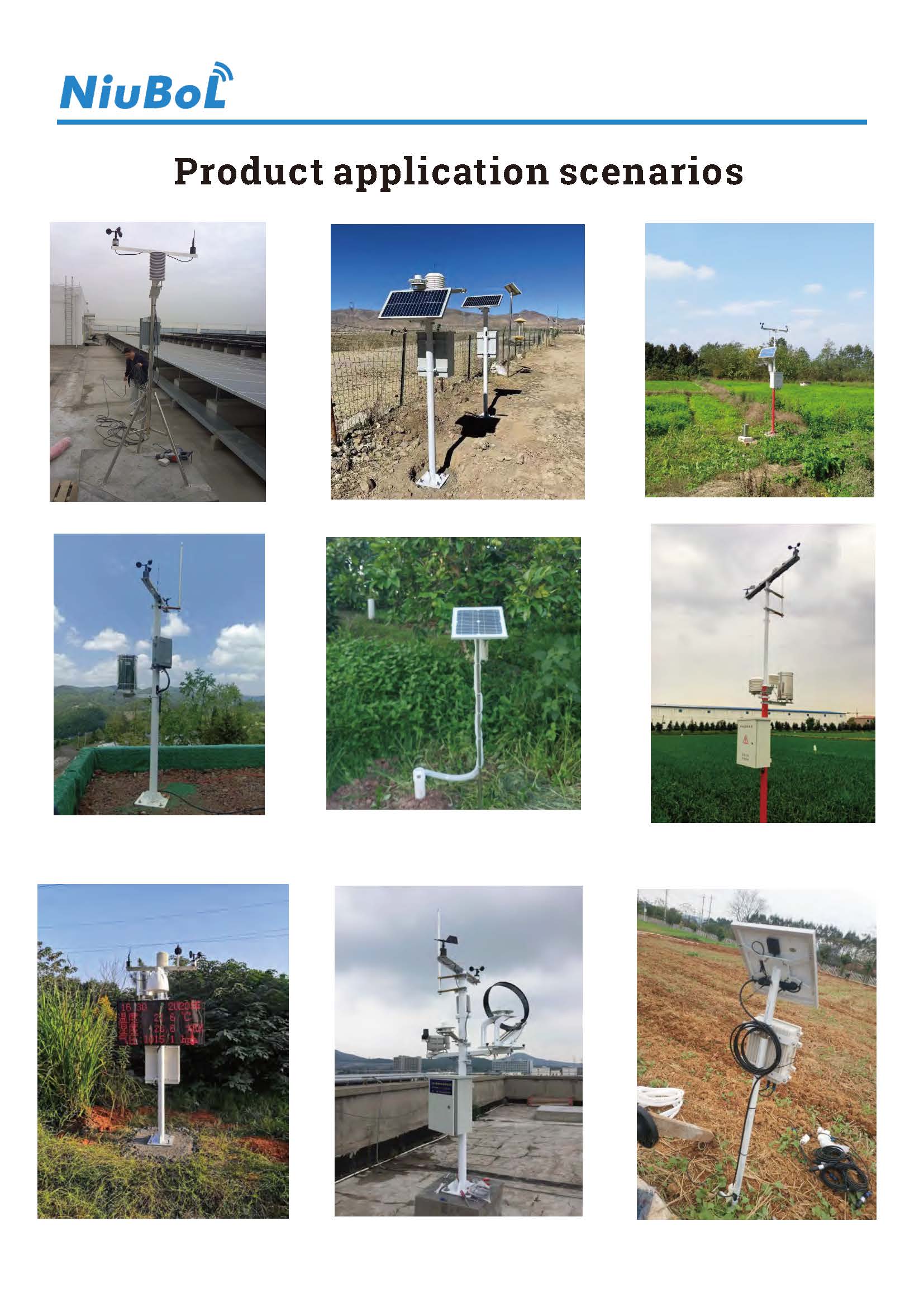

— Blogs —
—Products—
 Consumer hotline +8618073152920
Consumer hotline +8618073152920 WhatsApp:+8615367865107
Address:Room 102, District D, Houhu Industrial Park, Yuelu District, Changsha City, Hunan Province, China
Technical Support
Time:2025-02-16 19:11:18 Popularity:261
Weather stations, as core facilities for modern meteorological monitoring, require strict adherence to construction and operational standards to ensure data accuracy and reliability. Here's a detailed outline of professional standards for building weather stations, covering site selection, facility construction, instrumentation setup, and observation point establishment.

- Choose a flat, open area to avoid topographical influences on wind speed and direction measurements.
- Ensure no tall buildings, trees, or other potential obstructions within 200 meters of the observation field.
- Keep away from bodies of water like lakes or rivers to minimize the impact of evaporation on humidity and temperature measurements.
- Avoid industrial zones or areas with strong electromagnetic interference to maintain sensor functionality.
- Before site development, accurately determine the meridian line to ensure all outdoor equipment is installed in the correct orientation.
- Orientation error should be within ±0.5° to guarantee the accuracy of wind direction sensors and other directional equipment.
- Level the ground to ensure no significant slopes or depressions.
- Plant short grass (no taller than 0.2 meters) within the field to minimize wind speed effects on observations.
- Install a 1.2-meter high fence (made of wood, wire mesh, or stainless steel) to protect equipment and keep out animals.

- The meteorological workroom should be located to the north of the observation field, about 30 meters away, for ease of operation and to reduce airflow disturbance.
- The orientation of the workroom should avoid direct sunlight to keep the indoor temperature stable.
- Equip with necessary office facilities such as workbenches, filing cabinets, and drafting tables.
- Designate areas for sensitive instruments (like barometers) and include a darkroom to minimize light interference.
- Install air conditioning or ventilation systems to maintain a constant temperature and humidity, ensuring long-term stability of the instruments.
- Data Processing Area: For storing and analyzing meteorological data.
- Instrument Calibration Area: For regular calibration of sensors and recorders.
- Observation Recording Area: For live observation and data logging.

- Wind Speed and Direction Sensors: Positioned at a height, away from ground disturbances for free air flow.
- Temperature and Humidity Sensors: Installed in a Stevenson screen to avoid direct sunlight and rain.
- Rain Gauge: Ensure the tipping mechanism is free-moving; clean out debris regularly.
- Solar Radiation Sensor: Placed in an open area free from obstructions.
- Barometer: Located in a dark room to avoid light and temperature fluctuations.
- Data Logger: For storing and transmitting data from outdoor instruments, should be dustproof and waterproof.
- Display: To show real-time meteorological parameters for monitoring by staff.
- All instruments must be securely mounted on solid concrete bases for stability.
- Pay attention to the horizontality and verticality during installation, adhering strictly to design specifications.
- Plan the spacing and arrangement of instruments to avoid mutual interference.
- Observation points should be near the weather station and workroom, with an unobstructed view of the horizon.
- Ensure no tall obstructions around the observation point for clear visual assessment of weather phenomena like clouds and precipitation.
- Each observation point needs precise calibration to ensure comparable measurement results.
- Regularly check the environmental conditions at observation points, making adjustments or optimizing layouts as needed.

Constructing weather station equipment is a comprehensive process involving multiple facets like site selection, facility construction, instrument setup, and observation point placement. Adhering to these standards can significantly enhance the station's operational efficiency and data quality, providing scientific support for agriculture, transportation, environmental protection, and other fields. Here's a summary of key points:
- Site Selection and Observation Field: Ensure an open, unobstructed area with precise orientation.
- Workroom Construction: Logical layout with necessary amenities for instrument stability.
- Instrumentation: Careful selection, installation, and regular maintenance and calibration.
- Observation Point Setup: Choose locations with open views for accurate weather observation.
This guide aims to provide comprehensive direction for users worldwide, aiding in the standardization and regulation of weather station construction.
Prev:Automatic Weather Station Fault Diagnosis and Resolution Strategies
Next:How to Connect NiuBoL Sensor to Thinger IoT Platform via MQTT Protocol
Related recommendations
Sensors & Weather Stations Catalog
Agriculture Sensors and Weather Stations Catalog-NiuBoL.pdf
Weather Stations Catalog-NiuBoL.pdf
Related products
 Combined air temperature and relative humidity sensor
Combined air temperature and relative humidity sensor Soil Moisture Temperature sensor for irrigation
Soil Moisture Temperature sensor for irrigation Soil pH sensor RS485 soil Testing instrument soil ph meter for agriculture
Soil pH sensor RS485 soil Testing instrument soil ph meter for agriculture Wind Speed sensor Output Modbus/RS485/Analog/0-5V/4-20mA
Wind Speed sensor Output Modbus/RS485/Analog/0-5V/4-20mA Tipping bucket rain gauge for weather monitoring auto rainfall sensor RS485/Outdoor/stainless steel
Tipping bucket rain gauge for weather monitoring auto rainfall sensor RS485/Outdoor/stainless steel Pyranometer Solar Radiation Sensor 4-20mA/RS485
Pyranometer Solar Radiation Sensor 4-20mA/RS485
Screenshot, WhatsApp to identify the QR code
WhatsApp number:+8615367865107
(Click on WhatsApp to copy and add friends)